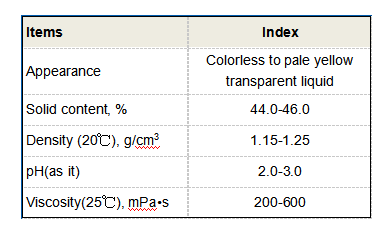Exploring the Impact of Polyaluminium Chloride pH Levels on Water Treatment Efficiency
Understanding the pH of Polyaluminium Chloride Implications and Applications
Polyaluminium chloride (PAC) is a widely used coagulant in various industries, particularly in water treatment processes. Its effectiveness as a flocculant is largely influenced by its chemical properties, one of the most critical being its pH level. Understanding the pH of PAC and its implications is essential for maximizing its benefits in treatment processes.
What is Polyaluminium Chloride?
Polyaluminium chloride is a polymeric compound created from the hydrolysis of aluminum chloride. It appears as a yellowish to white powder or as a liquid solution, depending on its concentration and formulation. PAC is popular because of its efficiency in removing impurities such as suspended solids, organic matter, and colloidal particles from water.
Importance of pH
The pH level of a solution is crucial in determining the overall effectiveness of PAC. The optimal pH range for PAC flocculation generally falls between 5.5 and 7.5. Within this range, PAC demonstrates a higher degree of charge neutralization, which facilitates the agglomeration of suspended particles, promoting effective sedimentation.
At acidic pH levels (below 5), the effectiveness of PAC diminishes. When the pH is too low, aluminum ions remain soluble, preventing the formation of aluminum hydroxide, which is essential for creating flocs. Conversely, at alkaline pH levels (above 8), the solubility of aluminum hydroxide increases, again reducing the effectiveness of PAC. Therefore, maintaining an appropriate pH is critical for optimal performance.
Effects of pH on PAC Performance
polyaluminium chloride ph

1. Charge Neutralization The flocculation process relies heavily on the charge neutralization mechanism that PAC provides. As the pH deviates from the optimal range, the ability of PAC to neutralize the charges on particles decreases, leading to less effective coagulation and flocculation.
2. Floc Formation The pH directly impacts the size and strength of the flocs formed during treatment. A stable pH range promotes the formation of larger, denser flocs, which are easier to remove from the water. At extreme pH levels, the floc size and stability may be compromised, resulting in a less efficient treatment process.
3. Water Quality The pH of water influences not only PAC's performance but also the overall quality of the treated water. Ideally, the treated water should have a balanced pH level to maintain environmental standards and ensure safety for end-users.
Practical Applications
In water treatment plants, controlling the pH is an integral part of the coagulation process. Operators often conduct regular monitoring of both pH levels and PAC dosing to ensure optimal performance. Adjustments may be made using pH stabilizers or buffers, ensuring that water remains within the desired pH range throughout the treatment process.
In industrial applications, similar principles apply. For instance, in paper manufacturing and textile processing, where water clarity is paramount, maintaining the right pH ensures that PAC performs efficiently, leading to higher quality outputs.
Conclusion
The pH level of polyaluminium chloride plays a pivotal role in its effectiveness as a coagulant. For industries reliant on water clarification processes, understanding and managing pH is essential to maximize PAC performance and ensure high-quality water treatment. By maintaining optimal pH levels, industries can leverage the full benefits of PAC, improving operational efficiency and achieving better environmental compliance. As such, both water treatment facilities and industrial applications must prioritize pH monitoring and control as part of their standard operating procedures.
-
Water Treatment with Flocculant Water TreatmentNewsJun.12,2025
-
Polymaleic AnhydrideNewsJun.12,2025
-
Polyaspartic AcidNewsJun.12,2025
-
Enhance Industrial Processes with IsothiazolinonesNewsJun.12,2025
-
Enhance Industrial Processes with PBTCA SolutionsNewsJun.12,2025
-
Dodecyldimethylbenzylammonium Chloride SolutionsNewsJun.12,2025





